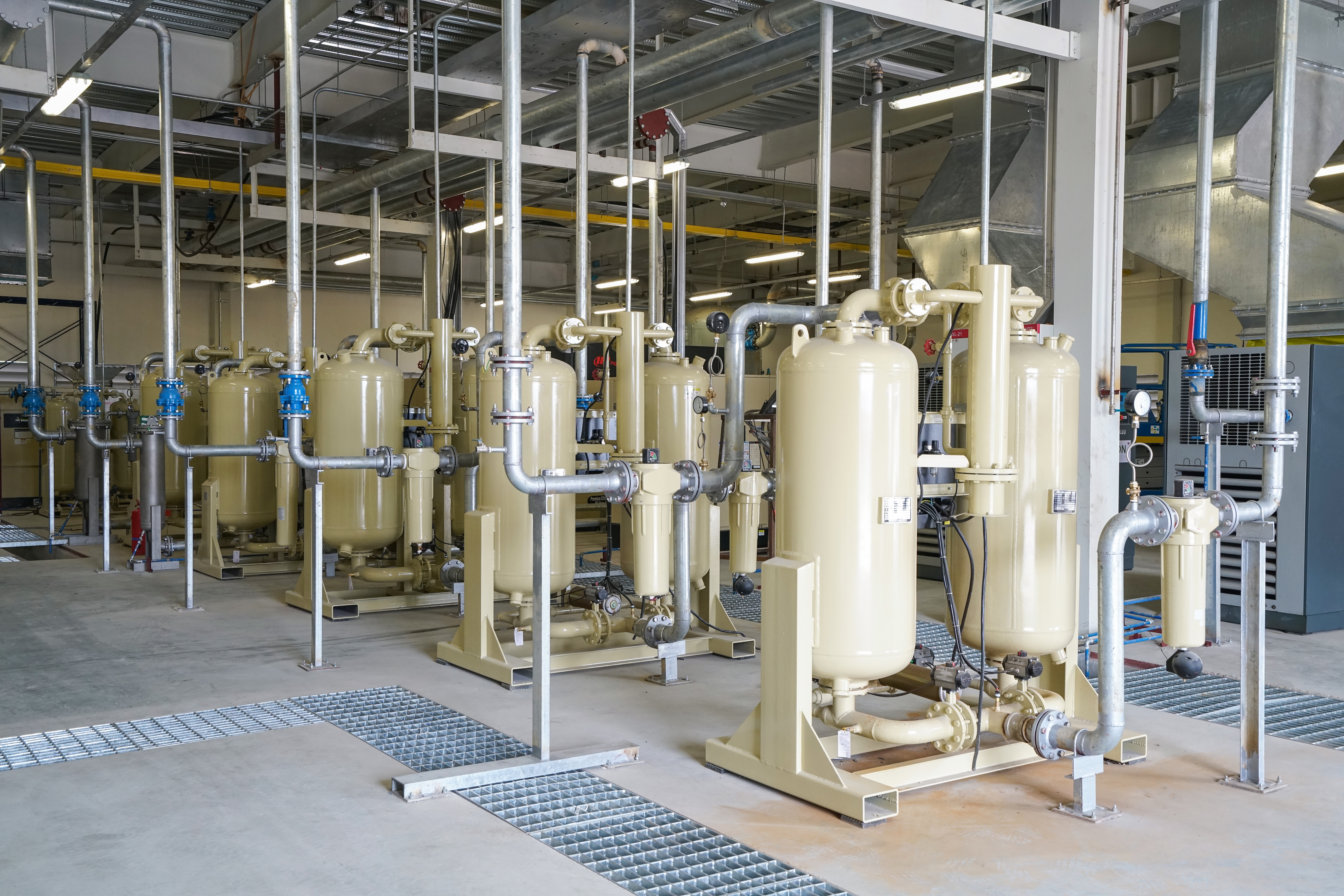Improving Compressed Air System Efficiency

Compressed air is virtually used in every industry and accounts for nearly 10% of a facility’s energy usage on average. According to the U.S. Department of Energy, the efficiency of a typical compressed air system has the capacity to be improved by at least 20%. Taking the appropriate steps will not only save on the rising energy costs but will enhance operations. Here is the 5-step guide to prolong the lifespan of your system.
Air Leaks
Air leaks waste up to 30% of the system’s energy produced. Leaks can create system wide issues such as pressure changes and a decreased production time. Typically, leaks can be detected either around the hoses inside of the air compressor or any port connections.
Unclean Air
Air compressors utilize a filter to screen dirt and debris from the output flow of air. Over time, this filter can become clogged with dirt, dust, and other particles, affecting the performance of your compressor by reducing airflow and causing strain that may lead to overheating and other issues.
Maintenance
Proper maintenance checks and reviews should be performed on a routinely basis. If a minor issue arises, delaying it could potentially develop into a much large problem. Leaving a valve in unworking condition or tweak to fix later can result in the entire system needing replaced.
Drain Moisture – Automatically
Draining of compressed air equipment is an essential maintenance function. In some cases, the tanks need to be manually drained and wiped down on a regular basis. With automatic drain valves, all tanks of the compressed air system get drained regularly without manual labor dependence. Automatic drain valves eliminate the need for manual drainage of equipment, except for periodic checks.
Proper Sizing
Correctly sized air tanks and receivers will provide not only reliability and proficiency in a compressed air system but will require little maintenance. Less compressed air can be wasted when the frequency of cycling and venting is reduced. The appropriate safety valve set at the correct pressure, allows for safe operating conditions, reduced venting of overpressure air, and lower energy costs.